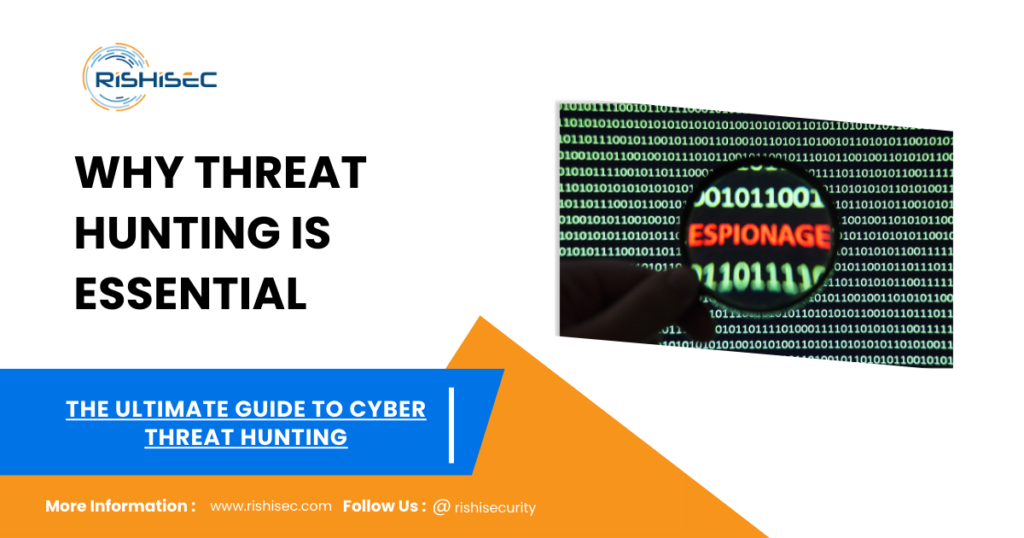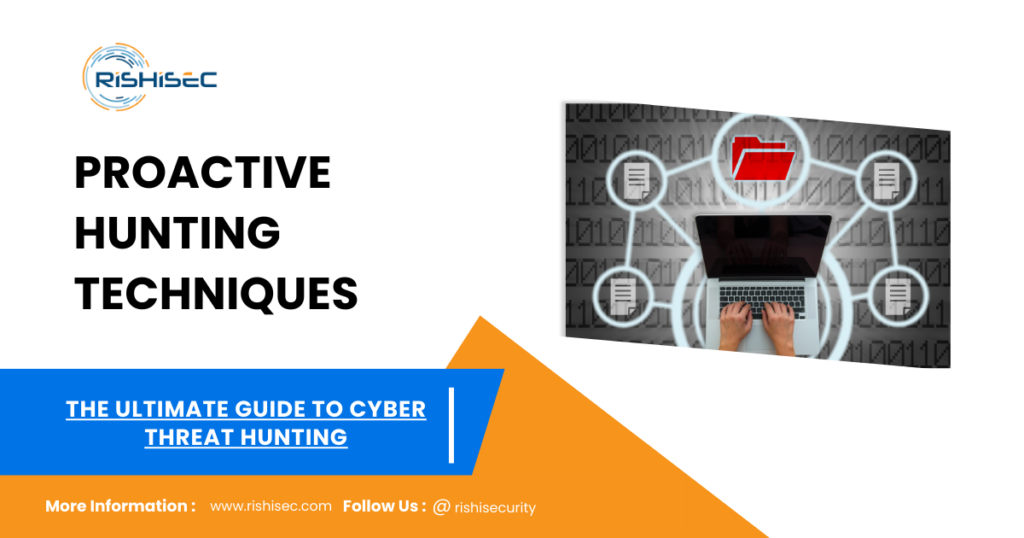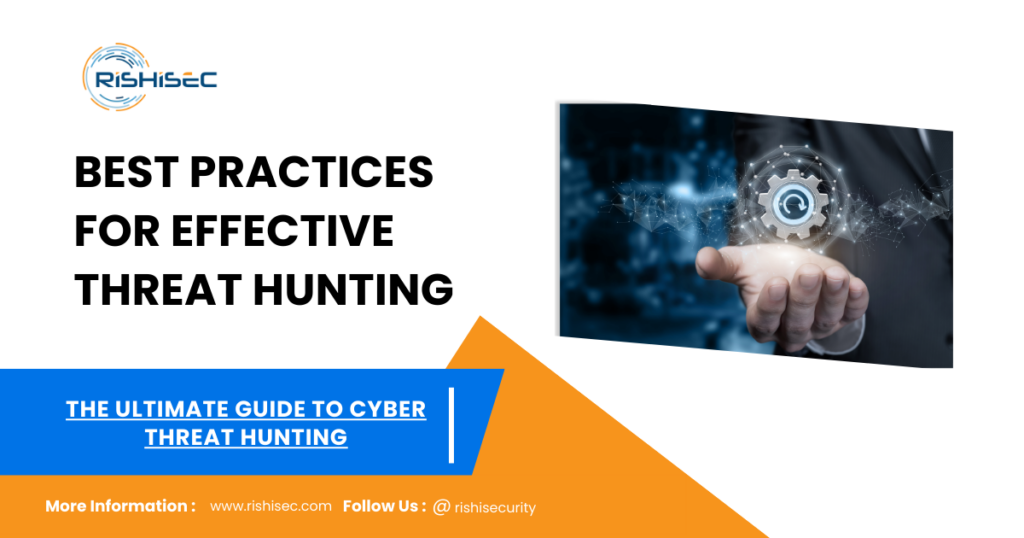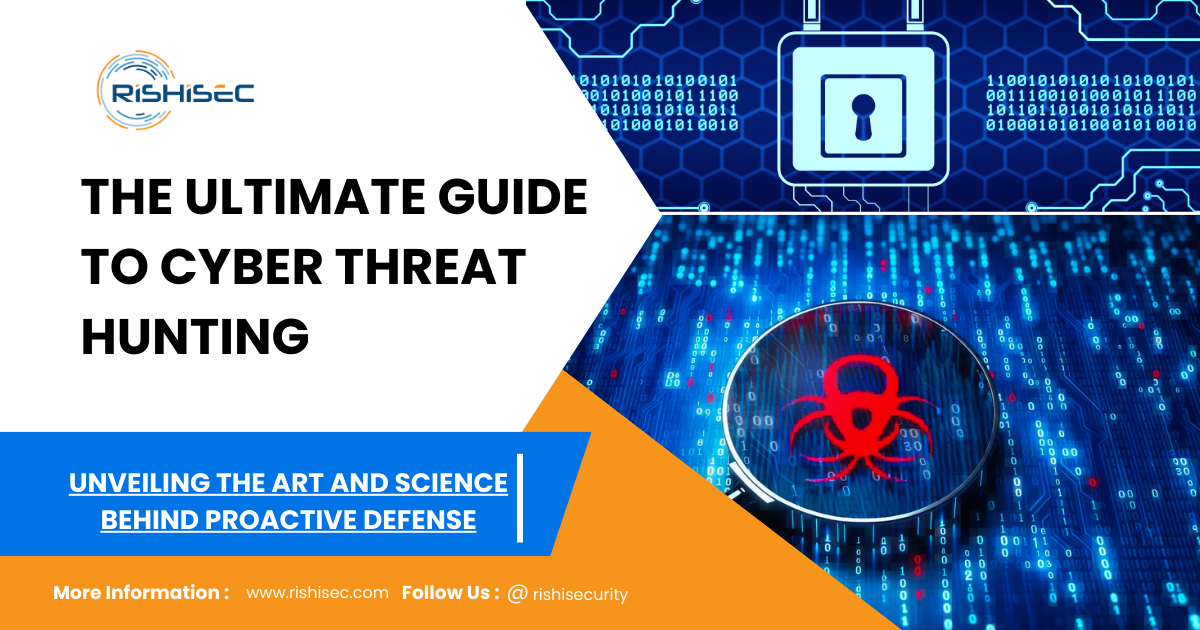Contents
The Ultimate Guide to Cyber Threat Hunting
In today’s rapidly evolving digital landscape, cyber threats grow more sophisticated by the day. Standard reactive security methods are no longer enough. Cyber threat hunting emerges as a crucial proactive approach, aiming to detect hidden threats that evade traditional security measures. But how do you harness its full potential to protect your organization? That’s where The Ultimate Guide to Cyber Threat Hunting comes in—equipping you with actionable insights to strengthen your defenses and outpace attackers.
This guide explores the phases, techniques, and best practices of threat hunting, offering the tools you need to stay ahead. Whether you’re in healthcare, finance, or retail, integrating threat hunting into your strategy is no longer optional—it’s essential for a resilient cybersecurity posture.
Why Threat Hunting is Essential

Unlike reactive methods that wait for alarms, threat hunting takes the initiative, seeking out potential threats before they become incidents. This process is particularly crucial in industries where compliance and data protection are paramount.
For instance, healthcare organizations that handle sensitive patient data need to adopt threat hunting to comply with HIPAA regulations. A proactive approach can prevent costly breaches, safeguard patient data, and avoid significant fines for non-compliance.
Key Phases of Threat Hunting
Threat hunting involves several key stages:
1. Hypothesis Creation
A threat hunt begins with creating a hypothesis based on intelligence and known tactics used by adversaries. This might involve looking into potential insider threats or vulnerabilities that attackers can exploit.
For example, in the wake of the Sunburst attack, threat hunters hypothesized that similar supply chain compromises could happen elsewhere. This led to widespread hunts for any indicators of compromise (IOCs) related to the campaign.
2. Investigation and Analysis
Once a hypothesis is in place, analysts utilize tools such as behavioral analytics and anomaly detection to investigate suspicious activity. The goal here is to identify any abnormal patterns within the system, such as unusual login behaviors or data exfiltration.
One effective method is behavioral profiling, where user actions are compared against expected norms. For example, if an employee’s login activity shifts drastically after hours, it could indicate compromised credentials.
3. Threat Detection
In this phase, the focus is on detecting signs of potential breaches. Tools like SIEM systems, packet capture, and endpoint detection can uncover hidden threats.
For industries such as finance, where the risk of credential theft is high, continuous monitoring can reveal signs of lateral movement, port scanning, or privilege escalation—indicating an attacker’s attempt to navigate within the network.
4. Response and Remediation
Once a threat is detected, the next step involves swift containment and remediation. At this point, the incident response team steps in, isolating affected systems and performing forensics to understand the scope of the attack.
Regular post-incident reviews should also take place to assess the effectiveness of the hunt and refine future hypotheses. For organizations with strict compliance mandates, this step is crucial to ensure reporting requirements are met. The Ultimate Guide to Cyber Threat Hunting emphasizes the importance of these reviews, helping organizations not only meet regulatory obligations but also continuously improve their threat detection capabilities.
Proactive Hunting Techniques

Now that we’ve covered the phases, let’s dive deeper into some popular techniques used by threat hunters today.
Behavioral Analysis
Threat hunters look for deviations from normal behavior, such as unusual file access or abnormal network traffic. Advanced tools use machine learning to build a baseline of normal behavior and alert when deviations occur.
Anomaly Detection
Anomaly detection tools help identify irregularities that may not trigger traditional security tools. These anomalies can often represent early stages of an attack, such as data exfiltration disguised as normal traffic.
YARA Rules
By using YARA rules, threat hunters can search for patterns of malicious activity across endpoints, networks, and log files. YARA allows for highly customizable searches based on known adversary tactics.
Best Practices for Effective Threat Hunting

- Continuous Learning: Adversaries constantly evolve, and so should your hunters. Regularly update your knowledge of the latest attack vectors and tactics.
- Collaboration: Foster collaboration between threat hunters and incident response teams to ensure a smooth transition when threats are detected.
- Automation: Integrate automation tools like SOAR platforms to streamline repetitive tasks and allow hunters to focus on higher-order thinking.
Real-World Example: The SolarWinds Breach
The SolarWinds breach is a prime example of why proactive threat hunting is critical. In this attack, the threat actors injected malicious code into a legitimate software update. Traditional defenses failed to detect the breach for months, allowing attackers to steal sensitive information. By proactively hunting for supply chain vulnerabilities, organizations can better safeguard against such hidden threats.
Conclusion
Cyber threat hunting is more than just a security measure—it’s a vital component of a comprehensive defense strategy. By proactively searching for threats, your organization can stay ahead of attackers and mitigate risks before they lead to costly breaches. Whether you’re in a regulated industry or managing a vast digital footprint, integrating threat hunting into your strategy is essential for safeguarding your assets.
CTA
Cyber threats are evolving rapidly, and proactive defense is essential. SentryCA offers advanced threat-hunting solutions tailored to your industry, helping you uncover and neutralize hidden threats before they escalate into full-scale incidents. Don’t wait for the next attack—start your free trial today and safeguard your organization with cutting-edge tools designed for proactive defense.
Building a Proactive Security Posture with Compromise Assessments is essential now a day, read this post to gain more about it.


